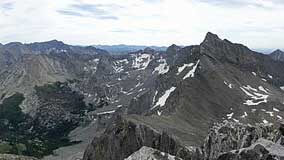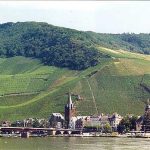Devil’s Bedstead: A New Voice Rising in Idaho’s Sunnyslope

In the rolling landscape of Idaho’s Sunnyslope AVA, a winery with a storied family legacy has launched a fresh chapter. Greg and Kristen Koenig opened Devil’s Bedstead in Caldwell this past summer, drawing on decades of experience and vineyard heritage to craft wines rooted both in place and passion.
Deep Roots, Two Vineyards
The Koenigs’ story begins over 30 years ago, when Greg established Koenig Vineyards in Sunnyslope. In 2019, he and Kristen handed over that property to local growers James and Sydney Nederend, while continuing the family’s winemaking journey through a new project.
Devil’s Bedstead sources fruit from two distinct vineyard parcels:
- An estate vineyard planted in 1996, where they grow Viognier and Merlot.
- A second parcel, originally planted by Bill Fraser in 2002, which the Koenigs purchased in 2014. This site is primarily Cabernet Sauvignon, with a few rows of Syrah reserved for their reserve blends.
Elevation plays a role in the vineyard character: the Fraser site sits at about 2,680 feet, high enough to benefit from cooling airflow that helps the vines avoid winter damage and helps preserve delicate aromatics and acidity.
What They’re Pouring Now
Right now, Devil’s Bedstead has several wines in its portfolio: a dry rosé, a Viognier, Merlot, Cabernet Sauvignon, and red blends. Their reserve blends — drawing from that high-elevation Fraser vineyard — are showing particular promise. The winery’s tasting room is open on weekends, giving wine lovers a chance to explore these offerings firsthand.
Why It Feels Important
This isn’t just another winery launch; for Idaho, it’s part of a larger story of place, craft, and reinvention. The Koenigs inherited not only vineyard land but a legacy of community interest in local wine. That curiosity — about what defines Idaho wine, what terroir can do, and how identity is expressed through grape, soil, and climate — makes their work more than production. It’s discovery.
 Previous Post
Previous Post Next Post
Next Post